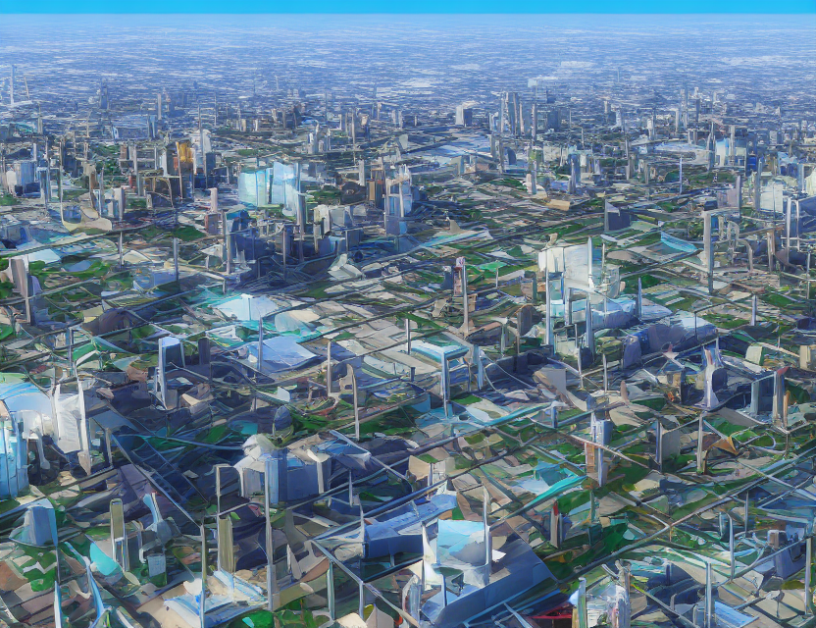As a weather enthusiast, you might have heard about deep learning models that can predict weather patterns with uncanny accuracy. But have you ever wondered how these models work? In this article, I will demystify the complex concepts behind deep learning for weather prediction, using everyday language and engaging metaphors to make it easy to understand.
Context: The Heart of Deep Learning
Let’s start with the context, which is the foundation of deep learning models. Imagine a large grid of pixels, each representing a tiny detail in the weather pattern. Now, imagine you want to see the entire image at once, without any distortion or blur. That’s where context comes in – it helps the model understand the relationships between different parts of the image, so it can create a clear and accurate picture of the weather.
Artifacts: The Bane of Deep Learning
But wait, there’s a catch! Even with the best context, deep learning models can still produce artifacts, especially in polar areas. Artifacts are like tiny imperfections in the image that can make it difficult to read or interpret. In the case of weather prediction, artifacts can lead to inaccurate forecasts, so it’s crucial to find a way to reduce them.
Discriminator Architecture: The Secret Sauce
Now, let’s talk about the discriminator architecture, which is like a special tool that helps the model identify and remove artifacts. Imagine you have a magic wand that can make any imperfection disappear – that’s what the discriminator does! It looks at each pixel in the image and decides whether it needs to be adjusted or not. The more times the wand is waved, the better the image gets.
Wavelet Component: A Gentle Breeze
But wait, there’s more! To make sure the model doesn’t over-smooth the image, we need to add a wavelet component. Think of it as a gentle breeze that helps maintain the details in the image without introducing any new imperfections. It’s like a balancing act – the model needs to remove artifacts without losing important information.
Limitation: A Fine Line to Tread
Now, here’s the catch – achieving sharper and more detailed outputs can compromise forecast skills. Think of it like trying to take a picture with a camera that has too much zoom – you might get a clearer image, but you also risk losing some details. In weather prediction, it’s important to find the right balance between accuracy and detail, so we need to be careful when adjusting the model.
Conclusion: The Future of Weather Prediction
In conclusion, deep learning models are powerful tools that can help us predict the weather with uncanny accuracy. However, they still have limitations, especially when it comes to reducing artifacts in polar areas. By using a combination of context, discriminator architecture, wavelet component, and careful tuning, we can create more accurate and detailed forecasts. As technology continues to advance, we might one day be able to predict the weather with even greater precision – but for now, let’s enjoy the progress we’ve made!



